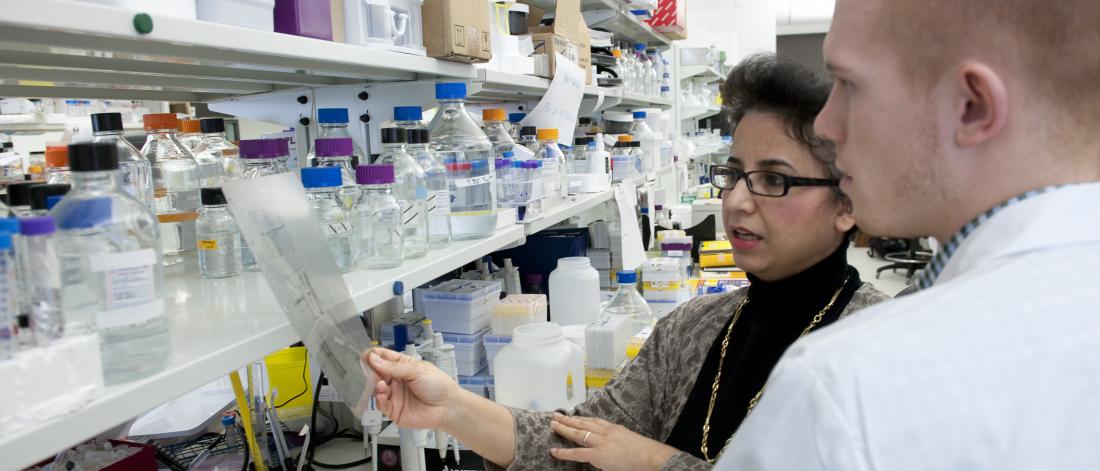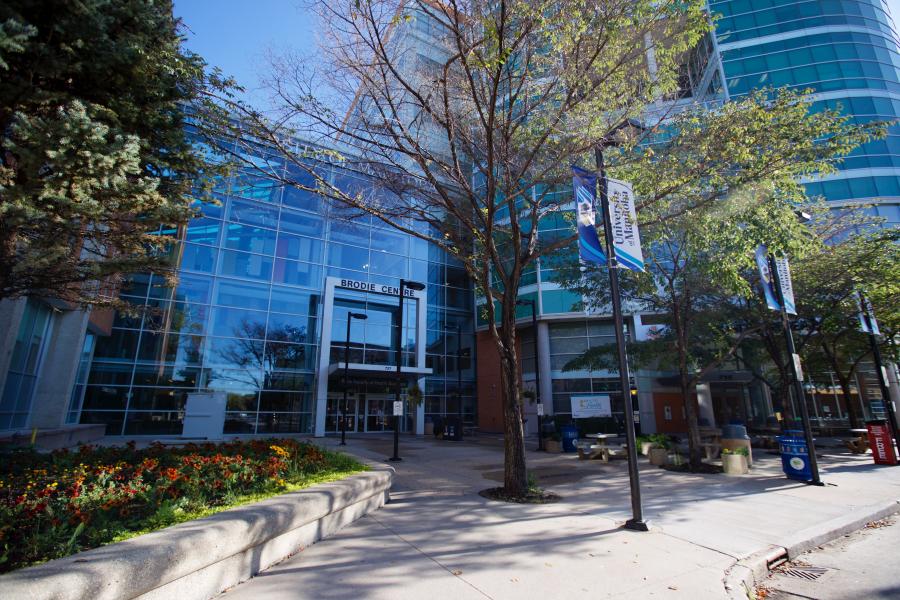Background
Department: Surgery - Urology
Supervisor: Dr. Gregory Hosier
Co-Supervisor: Dr. Premal Patel
Email: ghosier@hsc.mb.ca
Phone: 204-787-8950
Eligibility:
- Bachelor of Science in Medicine (BSc Med)
- Medical Student Research Program (MSRP)
Project outline
Introduction
Kidney stones affect 10% of the population, with increasing prevalence. Ureteroscopy is a common surgical method for treatment. However, post-surgery, patients often experience morbidity due to ureteral stents, inserted to prevent urinary obstruction. These stents can cause hematuria, pain, and lower urinary tract symptoms. Despite this, there is a lack of randomized controlled trials assessing their utility. This study aims to compare outcomes following ureteroscopic management of renal stones in patients with and without stents.
Methods
A randomized controlled trial will be conducted at Health Sciences Centre. Participants will undergo ureteroscopic management for renal calculi with or without a stent. Inclusion criteria: men or women >18 years with renal stones <1.5 cm. Exclusion criteria: solitary kidney, transplant kidney, infection, stone >1.5 cm, bilateral procedure, and use of access sheath. Primary outcome: unplanned emergency department visits/provider visits/hospital admission. Secondary outcomes: Clavien-Dindo complications, stone-free rate, patient-reported outcomes using the Wisconsin Quality of Life Questionnaire, and percentage returning to work within 1 week post-surgery. Sample size: 60 patients (30 with stent, 30 without).
Anticipated results
We anticipate that patients without stents will experience fewer emergency visits/provider visits/hospital admissions, improved quality of life, and faster return to work, with similar complication and stone-free rates compared to those with stents post-ureteroscopy.
Student role
The student will participate in all project phases, including ethics submission, patient consent, recording study variables, data analysis and interpretation, manuscript preparation, and presenting results at national conferences. They will also attend surgical procedures and administer the Wisconsin Quality of Life Questionnaire approximately 1 week post-surgery.










